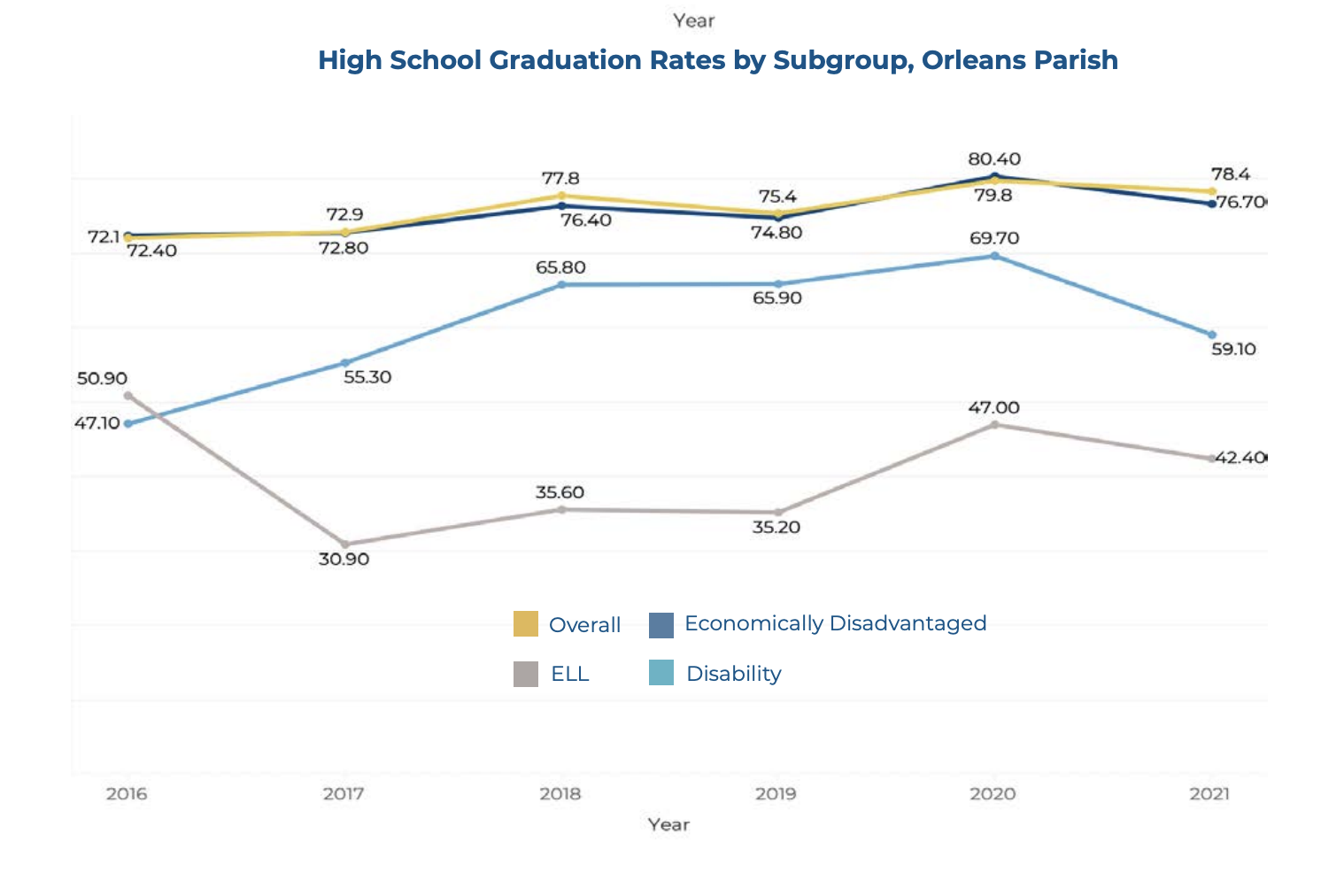Arts Integration and Translanguaging
Last July, EducationWeek published an article on the value of translanguaging in the classroom. That very week, KID smART was leading an educator workshop that supported translanguaging in practice, through the lens of arts integration. Teachers from across metro New Orleans were reading, writing, expressing and creating in both English and Spanish as part of our annual Arts Literacy Summer Institute.
Translanguaging is defined as a fluidity of language – being able to toggle between languages at the same time. For example, someone might read an idea in one language, analyze it in another, and express it in either. It is happening in classrooms across New Orleans and beyond as multilingual students engage with learning. More recently, translanguaging has become a pedagogical tool used to leverage multilingual learning to increase engagement, retention, and overall academic achievement.
“In open enrollment schools, like the ones KID smART serves, up to 10 % of the students are English language learners. ”
Both translanguaging and arts integration learning are multi-modal – activating multiple learning modalities (visual, auditory, kinesthetic, et.) simultaneously and interchangeably – making them powerful pedagogical frameworks that can connect with ALL learners. Moving between languages, art strategies, and academic content gives students more opportunities to connect with learning – and in more meaningful ways.
The State of Public Education in New Orleans 2022-2023 Report
With guidance from partner facilitators at the Habla Center for Language and Culture in Mérida, Mexico, teachers at the our Arts Literacy Summer Institute were reading, reciting and digesting bilingual texts, collaborating and writing in either language, creating visual art to reflect their understanding, and producing performances that synthesized their learning – again in both English and Spanish. Participants directed their own use of translanguaging; facilitators created spaces where that learning was supported and encouraged. This led to deeper learning and more meaningful understanding and created a strong learning community where teachers learned from each other.

